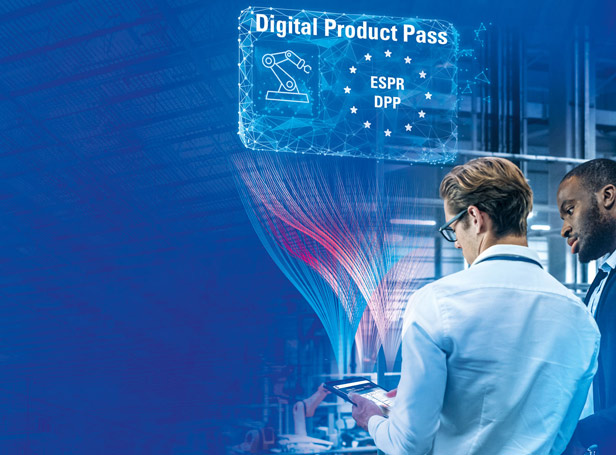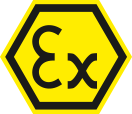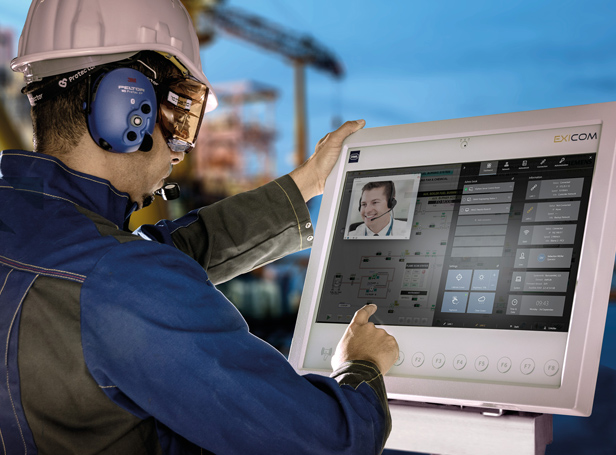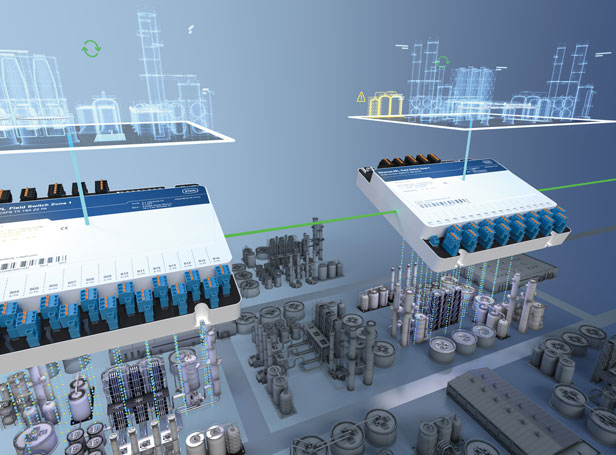The Ex e increased safety type of protection is one of the most important methods for protecting electrical equipment in hazardous areas. It is characterised by the equipment being designed and installed in such a way that no sparks, arcs or hot surfaces can occur when it is operated as intended.
How it works
The principle behind Ex e is to design electrical equipment and its components in such a way that they do not pose an ignition hazard. This is achieved by:
1. Preventing sparking: Electrical connections are designed in such a way that they are mechanically stable and that contacts cannot become loose or slack. What's more, the enclosure is designed to limit the ingress of water and dirt. This is necessary to prevent arcs and sparks, which could ignite an explosive atmosphere inside the enclosure.
2. Limiting temperature increases: The surface temperatures of the equipment and its individual components must not reach a temperature at which ignition could occur, even under maximum load.
3. Improving the mechanical stability: Components are protected against mechanical damage and corrosion in order to ensure they function safely – even in Zone 1.
Technical characteristics
1. Robust design
- All components are designed to be mechanically stable and durable.
- Wires and connection terminals are protected against vibrations and external influences which could cause sparking.
2. Special terminal technology
- Screw terminals, spring terminals or other reliable connection technologies are used to prevent loose connections.
- Terminals and cable connections must be designed for the maximum current carrying capacity.
3. Limitation of surface temperatures
- The materials and types of construction ensure that the maximum surface temperature remains below the ignition temperature of the surrounding gases or dusts.
- Cooling fins or other measures can be used to improve heat dissipation.
4. Protection against environmental influences
- The enclosure and components are protected against the ingress of dust and moisture. Ex e equipment meets the requirements of the IP54 degree of protection or higher.
Advantages
- Wide range of possible applications: Suitable for many standard applications, including in lighting, motors, junction boxes and terminal boxes.
- Simpler design: Ex e equipment is more lightweight and compact than Ex d equipment (flameproof enclosure).
- Cost-effectiveness: Manufacture and installation cost less than for flameproof enclosures.
- Extremely reliable: Preventing sources of ignition greatly reduces the likelihood of a malfunction.
Challenges
- Protection against internal sparks: Ex e equipment must not contain any components which generate sparks or arcs during operation, such as switches or relays. Only components which are certified as Ex e and are listed in the equipment's approval certificate are permitted to be used.
- Dependent on the environment: The degree of protection requires the environment and operating process to be meticulously controlled to prevent mechanical or electrical damage.
- Strict installation requirements: Ex e equipment must be installed according to specific regulations in order to ensure protection.
Installation and maintenance
- Careful installation: Cables have to be routed and connected correctly in order to prevent mechanical damage or loose contacts. Ex e components must not be modified and must be installed according to the operating instructions for them.
- Regular inspections: All connections, terminals and the enclosure must be inspected on a regular basis. Particular attention must be paid to the cable glands and the enclosure (e.g. IP54).
- Documentation: Like all types of protection, all installation and maintenance work has to be documented for this type of protection too in order to prove that legal regulations and standards are complied with.
Conclusion
The Ex e type of protection is a reliable, cost-effective and practical solution for many applications in hazardous areas. Since sources of ignition are prevented and the design is robust, it is ideal for installation equipment. Its versatility and simpler design make it the preferred option for many industrial environments.
These articles might also interest you







![[Translate to Englisch:] [Translate to Englisch:]](/fileadmin/user_upload/mitarbeiter/01_DE/07_Blog/00_Allgemein/blog-explosionsschutz-rstahl-startseite-279x205.jpg)
![[Translate to Englisch:] [Translate to Englisch:]](/fileadmin/user_upload/mitarbeiter/01_DE/07_Blog/00_Allgemein/blog-explosionsschutz-rstahl-ueber-den-blog-279x205.jpg)
![[Translate to Englisch:] [Translate to Englisch:]](/fileadmin/user_upload/mitarbeiter/01_DE/07_Blog/00_Allgemein/blog-explosionsschutz-rstahl-autoren-279x205.jpg)
![[Translate to Englisch:] [Translate to Englisch:]](/fileadmin/user_upload/mitarbeiter/01_DE/07_Blog/00_Allgemein/blog-explosionsschutz-rstahl-newsletter-expert-mail-279x205.jpg)
Write new comment